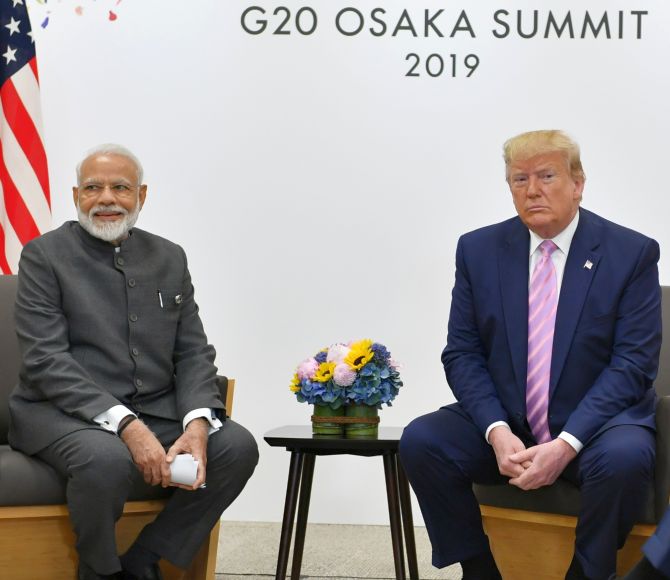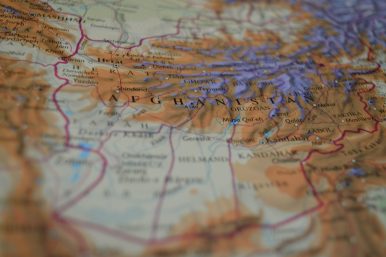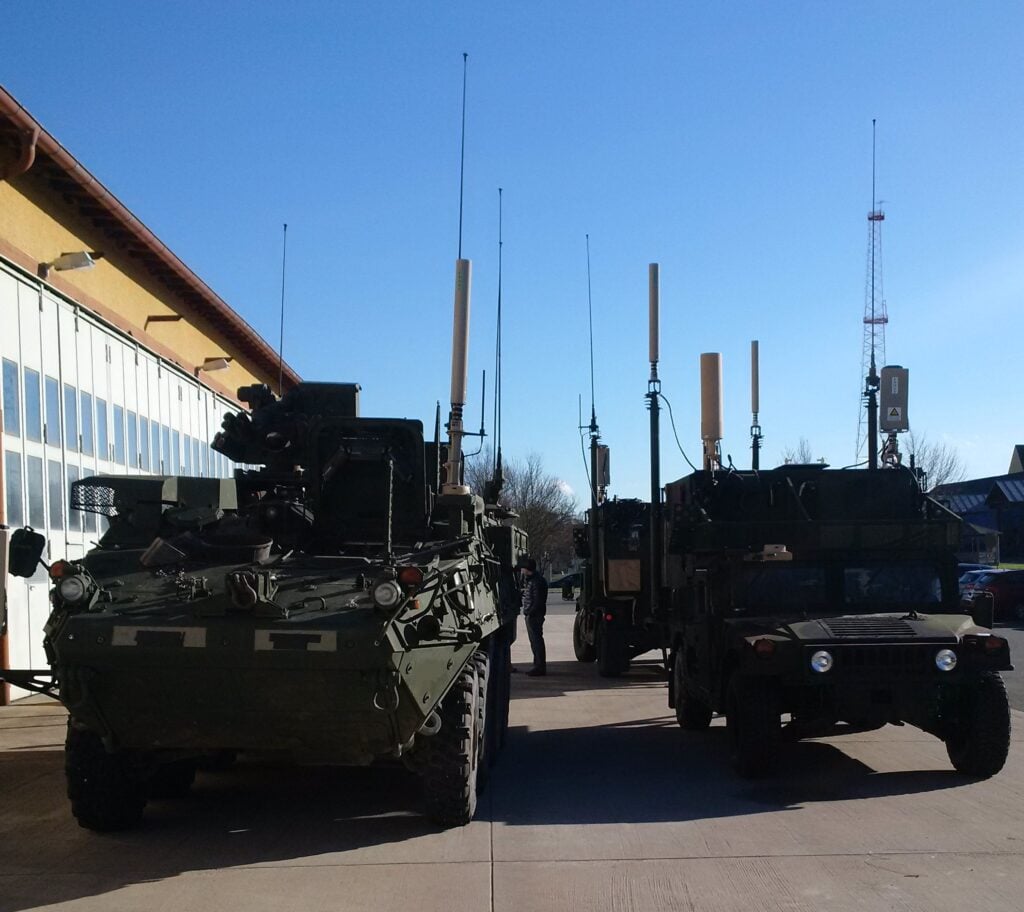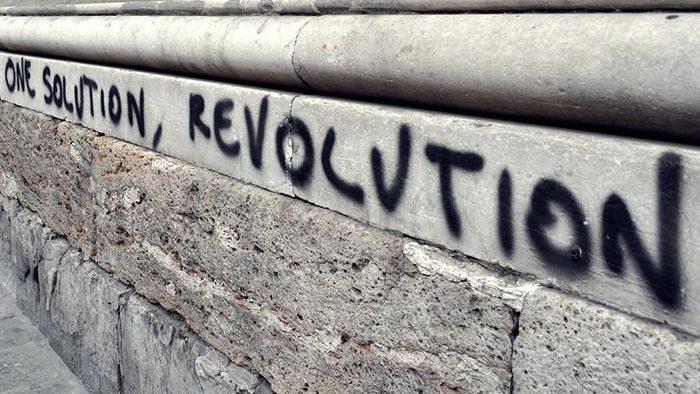Rahul Tongia and Anurag Sehgal
 Inherent and structural differences mean simply breaking up CIL will not unleash meaningful competition, not unless the system is willing to bear a high spread in coal prices. Location matters enormously, and coal ends up being a not very liquid commodity (no pun intended).
Inherent and structural differences mean simply breaking up CIL will not unleash meaningful competition, not unless the system is willing to bear a high spread in coal prices. Location matters enormously, and coal ends up being a not very liquid commodity (no pun intended).
Newspaper reports have spoken about breaking up Coal India Limited (CIL), the world’s largest coal miner, to unleash efficiency, raise production, and raise cash for the government (which still owns 70.96% of CIL). Separating CIL subsidiaries is not a new idea, having been floated in 2017 before. Leaving aside political considerations, including worries about unions (i.e., “can this be done?”), the real issues are structural, institutional, and regulatory. The view to break up CIL is to end its de-facto monopoly (producing almost 85% of domestic production), and unleash efficiency, perhaps through competition. Unfortunately, the differences between subsidiaries aren’t just stark, they are structural or legacy, and predominantly outside the hands of management, including based on geo-technical differences. Locational issues are also critical, making coal across diverse mines much less fungible. Any policies that fail to reflect system-level effects and underlying issues might result in minimal change, but could also lead to huge price spreads across subsidiaries, something end-users (like power plants) will have to bear. In the worst case, such changes these may even lead to loss of production.







/arc-anglerfish-arc2-prod-mco.s3.amazonaws.com/public/JSLYX7KVT5ATRKHP73E4UWBGIY.jpg)






